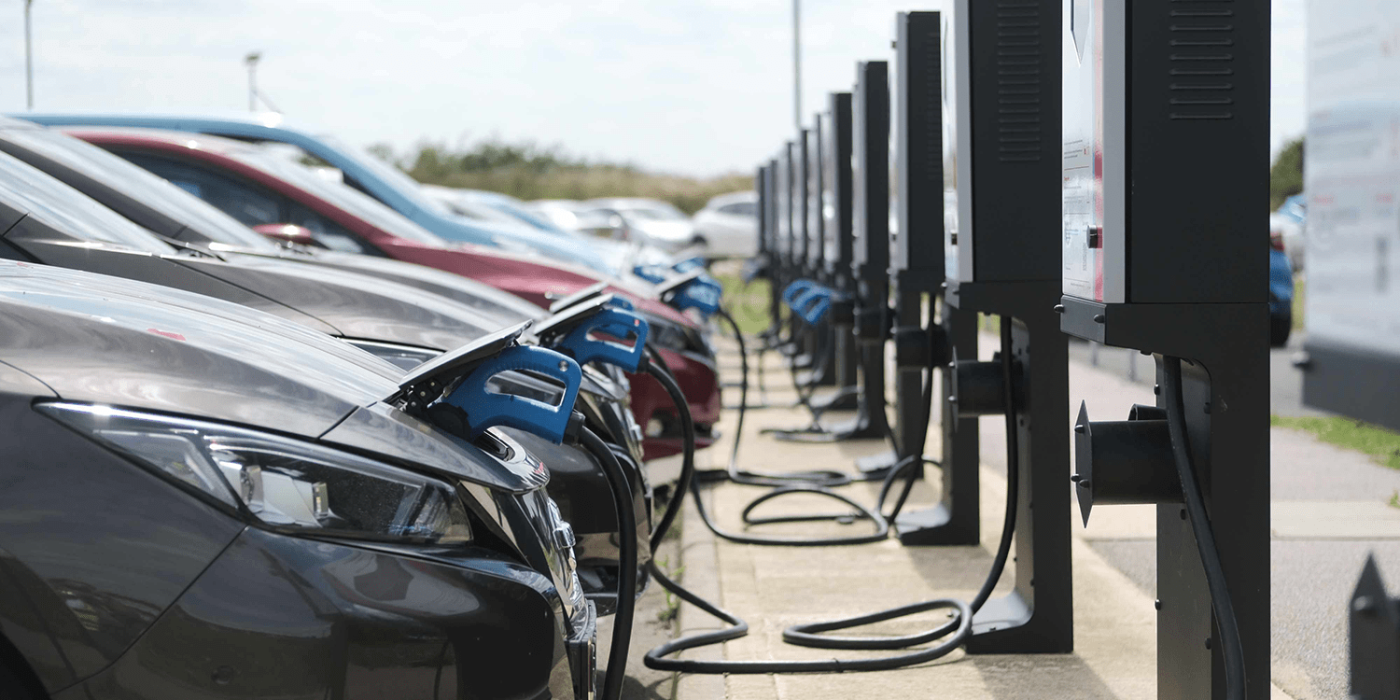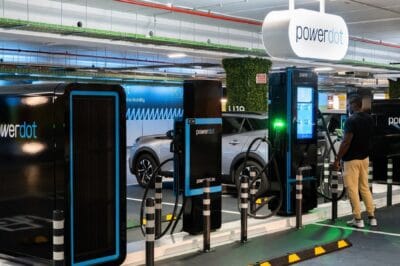Analysis on the savings potential of V2G technology
In a joint white paper, Nissan, E.On Drive and London’s Imperial College have analysed the CO2 savings potential and economic benefits of vehicle-to-grid charging technology and backed them up with concrete figures.
According to the document, the potential savings per year and electric vehicle is a CO2 reduction of around 60 metric tons. At the same time, in terms of the power grid’s operating costs, there is a savings potential of up to 12,000 pounds (around 13,300 euros) – also per year and electric vehicle. According to the analysis, fleet operators can expect financial benefits of 700 to 1,250 pounds (776 to 1,386 euros) per V2G-capable electric vehicle. Vehicle-to-grid technology could help reduce the electricity system’s overall cost by up to 885 million pounds (just over 980 million euros) per year.
The white paper’s authors also see huge savings financially for power system operators and vehicle fleets, and environmentally by reducing CO2 emissions. In the document, Nissan, E.On Drive and Imperial College also address some of the challenges that must be overcome in the early days of establishing V2G. The trio cites creating a reliable business model among them.
“Our research has demonstrated that V2G can bring very large economic benefits to the energy system while reducing carbon emissions,” summarises Professor Goran Strbac, Chair of Electrical Power Systems at Imperial College London. “This showed that the additional flexibility provided by V2G fleets could significantly improve system efficiency and reduce investment in new low-carbon generation while meeting national decarbonisation targets.”
Nissan, E.On Drive and Imperial College are already partners in a V2G fleet project called e4Future, which aims to show how electric transporters and cars can support the UK power grid and provide a profitable and sustainable solution for corporate fleets. To that end, the collaboration partners installed 20 chargers at Nissan’s European Technical Center in Cranfield, among other projects.
Fleet vehicles are often ideal for V2G applications, according to the partners, primarily because of their regular and predictable usage patterns and the fact that they often return to base at the end of the workday, where they are left overnight. This provides perfect conditions for V2G to harness the energy stored in their batteries and ensure the vehicles are fully charged and ready to go the next morning, according to an accompanying release.
The Nissan Leaf and e-NV200 electric van are V2G capable, as demonstrated in Hagen and elsewhere. When the vehicles are connected to a corresponding charging station, not only can the battery be charged, but energy from the battery can also flow back into the grid when electricity demand is high, relieving the strain on the power grid.
nissannews.com (press release with link to download white paper)





0 Comments